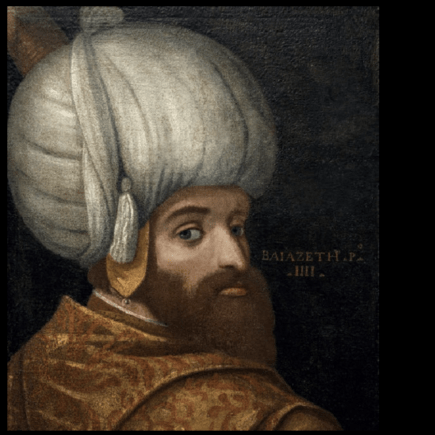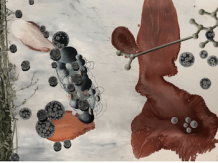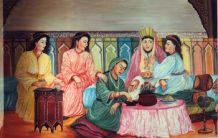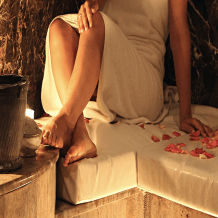
London’s British Museum will host an exhibition inspired by Islamic Art from October 10, 2019-January 26, 2020. The exhibition called “Inspired by the East: How the Islamic world influenced Western Art” will feature traditional orientalism and strive to break through stereotypes that have been portrayed about the east. The exhibition is being held in collaboration with the Islamic Arts Museum in Kuala Lumpur, Malaysia, who is lending a significant number of exhibits.
The exhibition will trace the story from the origins of Orientalism in the 16th century through the Ottoman times and sultan works then travel into the twentieth century with illustrations of Edmund Dulac’s 1907 edition of Arabian Nights. In addition to visual arts, a combination of photography, theatre, glass, jewelry, music, clothing, and ceramics will be shown in the exhibition. The goal is to demonstrate how the Islamic world impacted the west.
In countries like Morocco, Islamic art is incorporated into most aspects of daily life. This ranges from hand-carved and painted ceilings and floors, and open courtyards such as plaza of the Hassan II Mosque in Casablanca.
British Museum director Hartwig Fischer says “the (east-west) relationship is 5 centuries-long and has influenced a diversity of material culture. The exhibition will highlight how extensive cultural exchange has been.”
It will conclude by showcasing contemporary artists and a film by Inci Eviner. In Harem, (2009), graphics are used to tell the story about Antoine Ignace Melling. The German artist received an invitation by Sultan Selim the Third to chronicle the court and city of Constantinople. Inspired by 19th-century engravings, Eviner replaces the original figures with animations of women performing repetitive, mundane actions. Eviner studied in Istanbul in the 1980s and has exhibited widely in Europe, Asia, and the US. Her work balances a sense for ornament with hybrid human characters.





